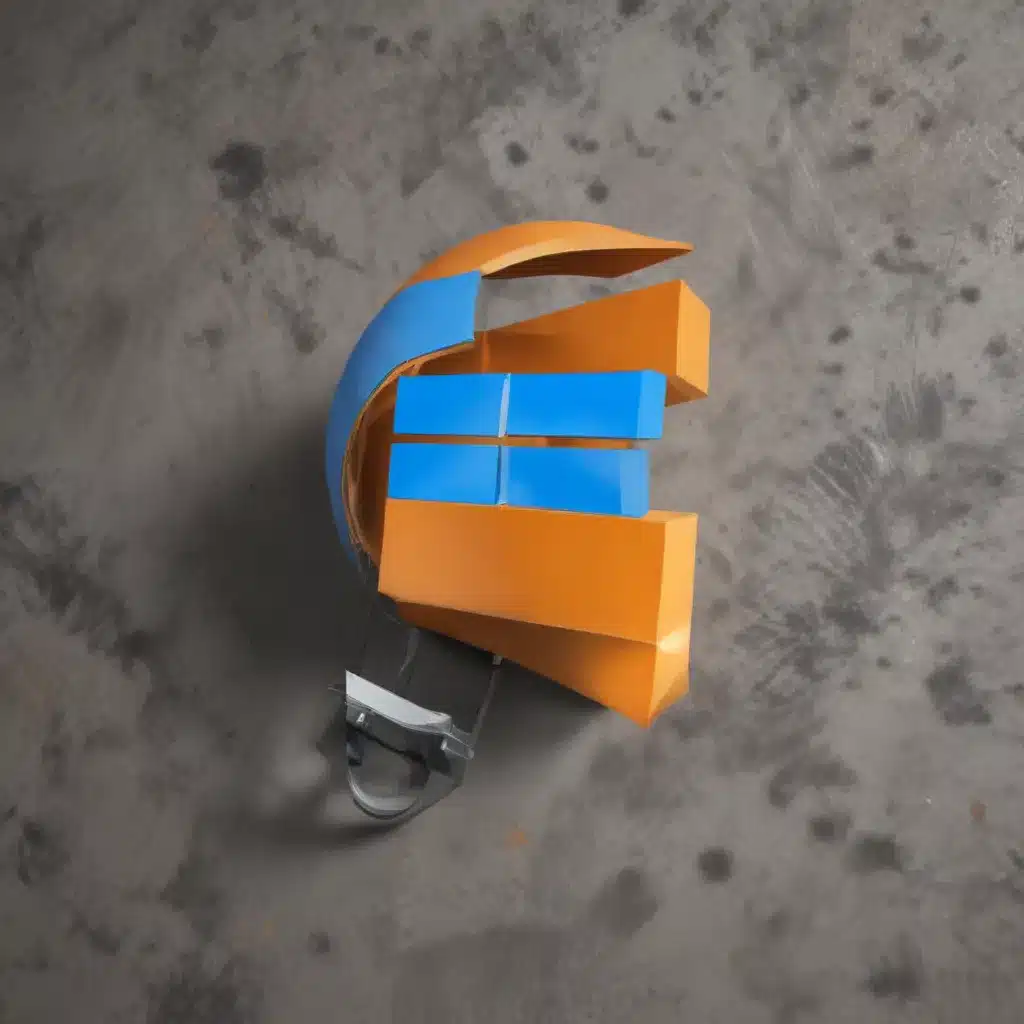
Understanding Microsoft Edge’s Performance Features
As an IT professional, I understand the importance of a fast, reliable, and resource-efficient web browser. In today’s digital landscape, where we rely on online tools and services more than ever, browser performance can make a significant difference in your productivity and overall computing experience.
Microsoft Edge, the modern successor to the legacy Internet Explorer, has been designed with a focus on performance, security, and efficiency. In this comprehensive guide, we’ll explore the various features and optimizations available in Microsoft Edge to help you browse the web securely and efficiently.
Sleeping Tabs: Conserving System Resources
One of the standout performance features in Microsoft Edge is the “Sleeping Tabs” functionality. This innovative solution helps conserve system resources, such as memory (RAM) and CPU, by automatically putting inactive tabs to sleep after a specified period of time.
By default, Microsoft Edge will put background tabs to sleep after two hours of inactivity, freeing up valuable system resources for your active tabs and other applications. You can adjust this time interval to suit your preferences by navigating to edge://settings/system and modifying the “Put inactive tabs to sleep after” setting.
When a tab is in a sleeping state, it will fade to indicate that it has released its resources. To resume a sleeping tab, simply click on it, and the content will be immediately available, providing a seamless user experience.
To ensure important sites or applications remain active, you can add them to a “Never put these sites to sleep” list by going to edge://settings/system and entering the full URLs of the sites you want to exclude.
Efficiency Mode: Optimizing Battery Life and Performance
Another powerful feature in Microsoft Edge is the “Efficiency Mode,” designed to help extend battery life on laptops and other mobile devices. This mode minimizes power usage by reducing resource consumption through various optimization techniques, such as modifying background tab activity and putting inactive tabs to sleep more aggressively.
Microsoft Edge offers three efficiency mode settings:
-
Balanced Savings: This is the recommended option, providing a balance between battery life extension and browsing performance. You should experience little to no noticeable slowdowns while browsing.
-
Maximum Savings: This setting prioritizes battery life over performance, leading to more visible slowdowns, such as less smooth video playback, to conserve power.
-
Turn on efficiency mode when connected to power: This option allows you to enable efficiency mode even when your device is plugged in, which can benefit desktop computers by minimizing browser resource usage and freeing up system resources for other applications.
To enable and manage efficiency mode, go to edge://settings/system and adjust the settings to your preferred configuration.
Performance Detector: Identifying and Resolving High Resource Usage
Microsoft Edge also includes a “Performance Detector” feature that helps identify high resource usage (memory and CPU) from background tabs. When the performance detector identifies an issue, it will display a heart pulse icon with a red dot in the toolbar, indicating that action is required.
By clicking on the icon, you can access the Performance Detector, which will display the tabs consuming the most system resources. From here, you can easily close or put to sleep the high-usage tabs to bring your system’s performance back to a healthy state.
The Performance Detector is turned on by default and works seamlessly across Windows, macOS, and Linux platforms. If needed, you can disable this feature by navigating to edge://settings/system and setting the “Performance detector” toggle to “Off.”
Optimizing Microsoft Edge for Secure and Efficient Browsing
In addition to the performance-focused features, Microsoft Edge offers several other optimizations and settings to enhance your web browsing experience.
Disabling Unnecessary Extensions and Add-ons
One of the quickest ways to improve Microsoft Edge’s efficiency is to disable any unnecessary extensions or add-ons. These third-party components can consume additional system resources and potentially introduce security vulnerabilities. Review the extensions installed in your browser and keep only the ones you actively use and trust.
To manage your extensions, go to edge://extensions/ and toggle off any that you don’t need.
Clearing Browser Data and Caching
Regularly clearing your browser data, such as cookies, cache, and browsing history, can help improve performance and free up storage space on your device. This is particularly useful if you notice your browser’s performance degrading over time.
To clear your browser data in Microsoft Edge, navigate to edge://settings/privacy and select the “Choose what to clear” option. Select the data types you want to remove and click “Clear now.”
Updating to the Latest Version of Microsoft Edge
Microsoft regularly releases updates for Microsoft Edge, addressing performance, security, and stability issues. Ensuring that you’re using the latest version of the browser can provide you with the best possible experience.
To check for updates, go to edge://settings/help and click the “Check for updates” button. If an update is available, follow the on-screen instructions to install it.
Excluding Specific Sites from Efficiency Mode
In some cases, you may want to exclude certain websites or web applications from the Efficiency Mode to ensure optimal performance. For example, if you’re using a browser-based game or a video streaming service that requires higher system resources, you can add those sites to the “Never put these tabs to sleep” list.
To do this, go to edge://settings/system, scroll down to the “Never put these sites to sleep” section, and click the “Add” button to enter the URLs of the sites you want to exclude from Efficiency Mode.
Conclusion
By leveraging the performance-enhancing features and optimization techniques within Microsoft Edge, you can enjoy a secure, efficient, and responsive web browsing experience. Whether you’re a power user, a remote worker, or an IT professional, these strategies can help you get the most out of your computing resources and improve your overall productivity.
Remember, the IT Fix blog is here to provide you with practical tips and in-depth insights on technology, computer repair, and IT solutions. Stay tuned for more articles that can help you navigate the ever-evolving world of computing and technology.












